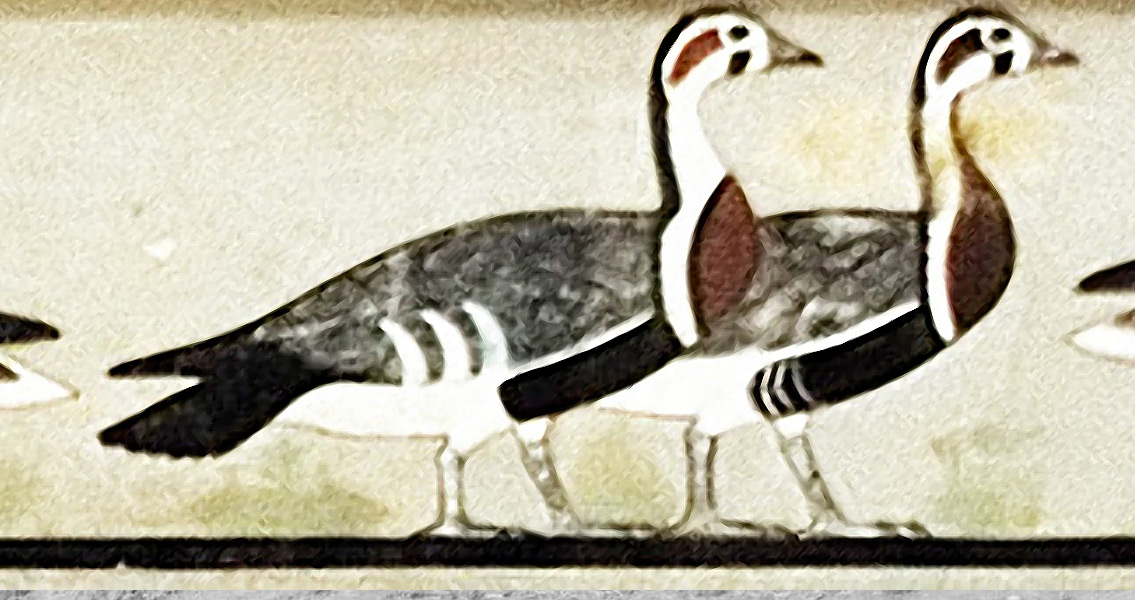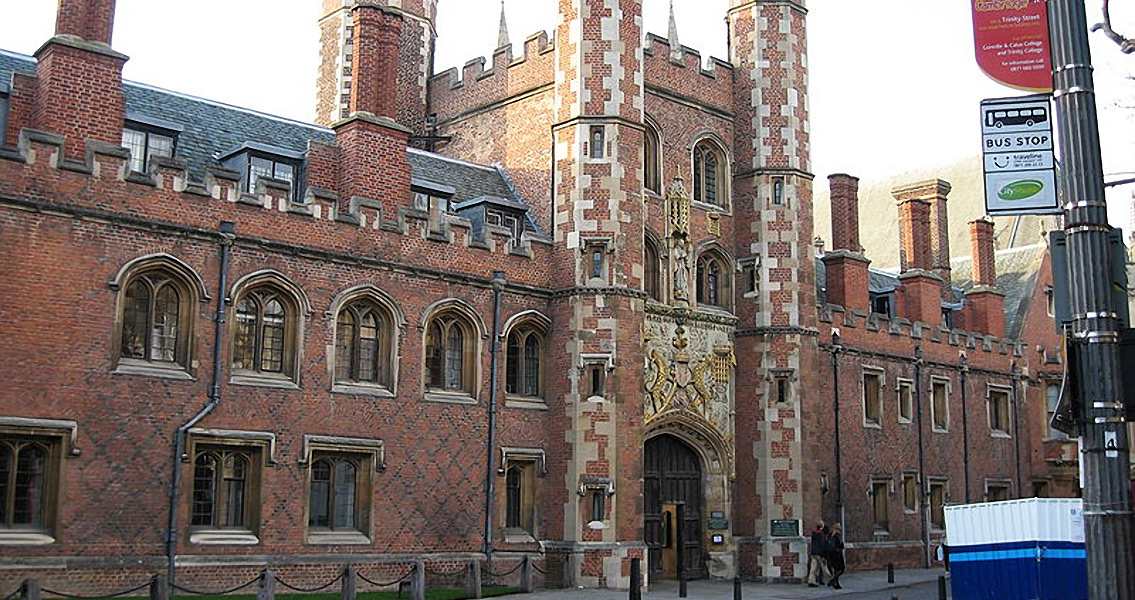Live Science. Tiradritti’s suspicions were first aroused by the birds depicted on the Meidum Geese. Two of which were unlikely to have inhabited ancient Egypt. “The painting depicts three different couple[s] of geese, three turned to the left and three to the right,” Tiradritti wrote. Two of the geese were identified as white-fronted geese (Anser albifrons), the pair looking to the left were understood to be bean geese (Anser fabalis) and the pair facing the right were red-breasted geese (Branta ruficolis).” Bean geese breed in tundra and taiga climates, wintering as far south as northern Spain, Greece and Turkey. Red-breasted geese also breed in tundra, but rarely make it as far south as Egypt. Whilst this information regarding the species does not in itself prove the Meidum Geese to be a fake – ancient Egyptians could have known about animals which were not native to Egypt – it made Tiradritti analyse the work further. “After that, it was like to see a castle of cards collapsing,” he said. “One of the major problems with the Meidum Geese is the colours. Some of the hues (especially beige and marc) are unique in the Egyptian art. Even the shades of more common colours, like orange and red, are not even comparable with the same colors used in other fragments of painting coming from Atet’s (Nefermaat’s wife, in whose chapel the painting was supposedly discovered), chapel,” Tiradritti said. Two of the geese are leaning over, in order to make the size of all the geese balanced. This is unusual in ancient Egyptian artwork. Size often denoted importance and as such, Egyptian artists tended to deliberately draw animals or people in different sizes. Balancing size in a composition is a common feature of modern art, however. Tiradritti is due to publish his findings in the 5th April edition of Giornale dell’Arte and The Art Newspaper, in Italian and English respectively. His findings will cause the artistic world to think critically about ancient art, especially given the high prices these works can attract. For more information: www.livescience.com Image courtesy of Wikimedia Commons user: MGA73bot2 ]]>







